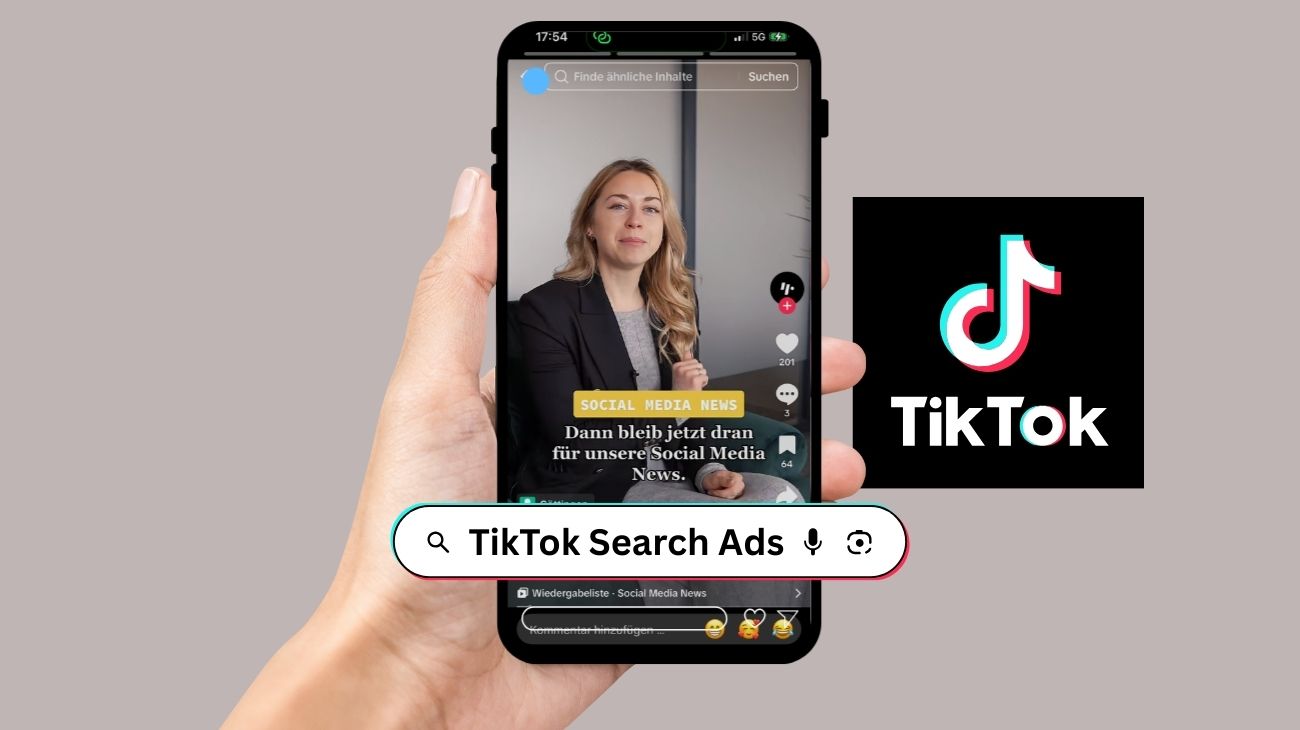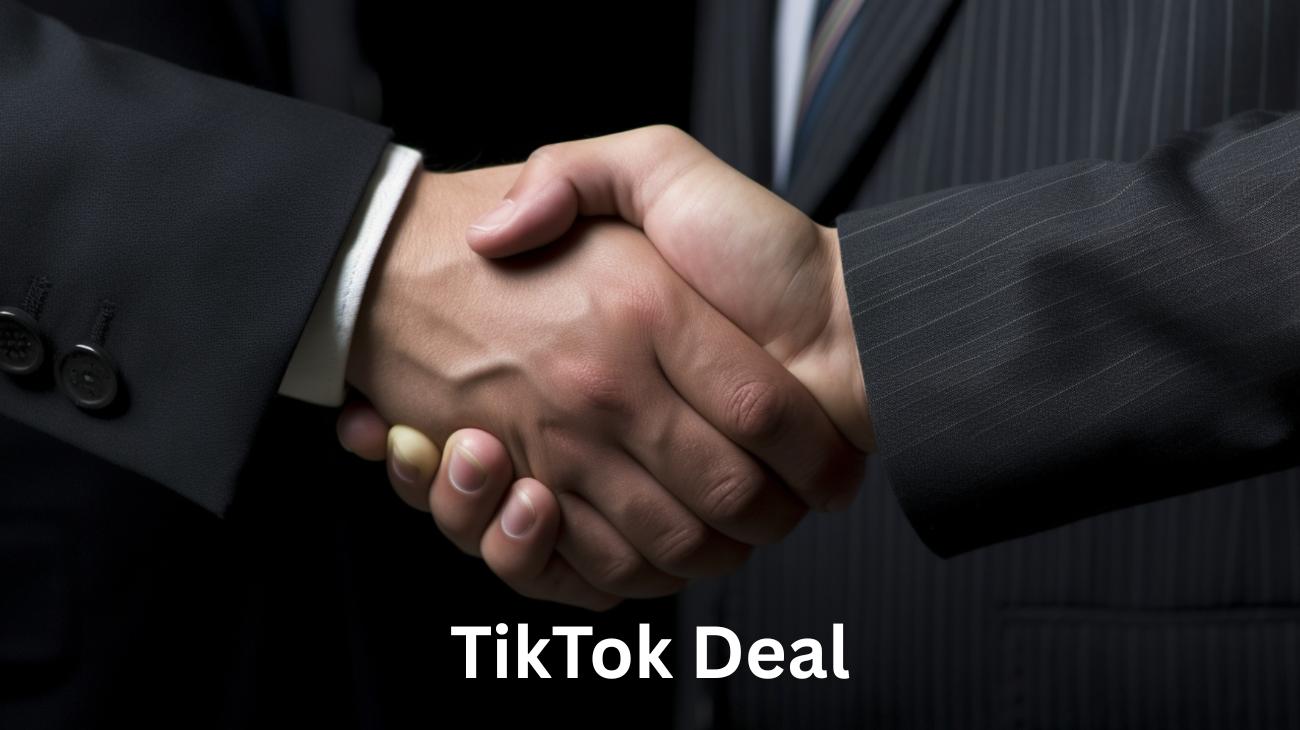How Influencer Campaigns Succeed

How to successfully collaborate with content creators on social media platforms
Whether from a company’s perspective or as a social media user, each of us has almost certainly come into contact with a campaign that a brand has implemented together with an influencer. Whether on Instagram, TikTok or YouTube: From a marketing perspective, there has long been no way around paid collaborations with content creators. But how do companies succeed with successful and, above all, unique influencer campaigns? We at Lookfamed explain it step by step in this blog post.
Step 1: Define goals and target groups
The first step in any marketing effort should always be to first become aware of your goals. The following questions should be asked: What do I want to achieve? How do I want to achieve it? Why do I want to achieve it? And above all: Who do I want to reach with it? This is where the all-important definition of the target group comes into play. After all, the best goals are of no use if you don’t reach the right people with the measures that pay attention to them.
A proper definition of goals not only saves time, but also ensures that the results achieved are measurable in retrospect. In influencer marketing, a distinction is made between the goals of reach, awareness, and sales.
Step 2: Conceptualization of the campaign
Before implementing a campaign, it is necessary to consider how it should be implemented. It should be worked out how to stand out from the competition and what resources are needed to actually implement a campaign. It should also be clear from the outset to what extent the influencers can be involved. Another important question is: Does a company have the resources to implement such an influencer campaign on its own or would it be better to work with an agency that forms the communication link between the parties?
Step 3: Identification of a suitable influencer
To implement a successful influencer campaign, you obviously need one thing above all else: namely, an influencer. But that sounds easier than it actually is. After all, the choice of influencer needs to be carefully considered. Companies should analyze the intended influencers completely and also ask themselves which content creator fits the company, the advertised product and also the values. This is the only way to guarantee that the campaign will be authentic in the end. Depending on the target definition (sales, reach, awareness), the size of the influencer should also be adjusted. For example, for campaigns in which you want to achieve a particularly high reach, you should also focus on influencers with a high number of followers. For sales, the focus should therefore be on influencers who have a close relationship with their community.
However, the focus should also be on which influencer is available at all at the time of the campaign implementation and whether he or she fits into the budget. Also important is the right approach to win the influencer for the campaign. How to achieve this, you can read in this blog post.
Step 4: Briefing
To ensure a smooth campaign, it is important to brief the influencer on the most important points right from the start, so that he knows what the do’s and don’ts are in the context of the campaign. So, in a meaningful briefing, the most relevant framework should be laid down (e.g. posting period, do’s & don’ts, etc). However, it is also important to give the influencer the necessary creative freedom. The creator knows his community best and therefore knows when and in what way he can best reach them.
Step 5: Implementation
Once all the framework conditions are in place and the right influencer has been found, the next step is to implement the campaign. The first thing to do is to make sure that the specific implementation is planned early enough and that the timeframe for the implementation is also limited.
To make the success of the campaign measurable at the end, it may be possible to work with a code for the influencer, among other things. In this way, the company can track how often customers have actually bought something because they became aware of it through the influencer.
During the campaign, it is important that the company and the influencer are in contact with each other at all times in order to quickly clarify any questions that may arise and to guarantee a smooth process.
Step 6: Evaluation of the campaign
Once the campaign has been completed, the next step is to check whether the goals have been achieved. Detailed reporting should be prepared for this purpose.
Here, the insights of the influencers should be looked at and, if necessary, checked to see how often, for example, a particular influencer code has been deposited.
Step 7: Learnings
The final step is to use the evaluation to work out what lessons can be learned from the campaign. What went well, what could go better next time? Influencer marketing is a process in which you learn something new every time you do it.
Free whitepaper
If you need more information on the topic of influencer campaigns, you can download our free white paper on the subject. In it, readers can expect practical examples, tips for finding a suitable influencer, and a guide on how to work successfully with influencers in the long term.










 Sign up
Sign up 